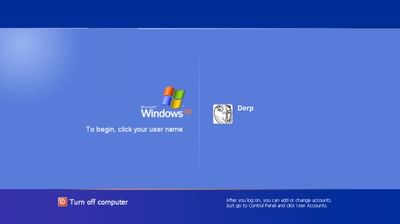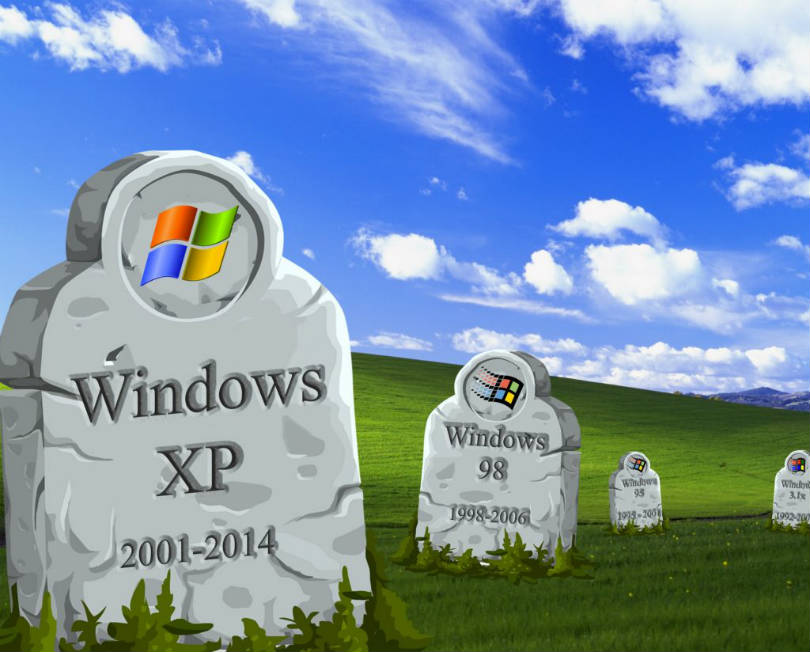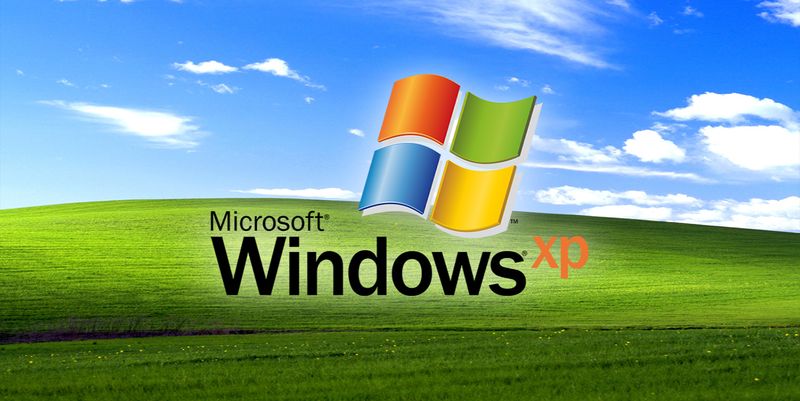
Windows NT 3.51 also had support for Power PC (another RISC family of processors that is used in many embedded devices, including, for example, Microsoft Xbox 360). For example, Windows NT supported Alpha and MIPS processors until Windows NT 4. Windows was ported to many CPU architectures in the past.

(Don't confuse this with Windows Server 2008, which is the server variant of Windows Vista.)įigure 1-1 illustrates the evolution of the Windows family of operating systems, with their approximate release dates relative to each other.įigure 1-1 Timeline of major client and server releases of the Windows operating system since the early 90s.

Similarly, Windows Server 2008 R2 represents the server variant of Windows 7, which was released in late 2009. Windows Server 2003, for instance, shares many of the new kernel and API features that were added in Windows XP. (For example, only the server releases of Windows support multiple concurrent remote desktop user sessions.) Since the release of Windows XP in 2001, Windows Server has followed a release cycle that can be loosely mapped to corresponding Windows client releases.

Though both the server and client releases of Windows now share the same kernel, they still differ in many of their features and components.

Though Windows XP was a client release (its server variant was Windows Server 2003), it technically succeeded both Windows 95/98/ME (a lineage of consumer operating systems that find their roots in the MS-DOS and Windows 3.1 operating systems) and Windows NT 4/Windows 2000, combining for the first time the power of the Windows NT operating system kernel and its robust architecture with many of the features that had made Windows 95 and Windows 98 instant hits with consumers and developers alike (friendly user design, aesthetic graphical interface, plug and play model, rich Win32 and DirectX API sets, and so on). Windows XP marked a major milestone in the history of Windows releases by providing a unified code base for both the business (server) and consumer (client) releases of Windows. Windows NT was first designed and developed by Microsoft in the late '80s, and continued to evolve until its kernel finally became the core of all client and server versions of the Windows operating system. Though this book focuses primarily on the post-Vista era of Windows, it's useful to look back at the history of Windows releases, because the roots of several building blocks of the underlying architecture can be traced all the way back to the Windows NT (an abbreviation for “New Technology”) operating system.


 0 kommentar(er)
0 kommentar(er)
